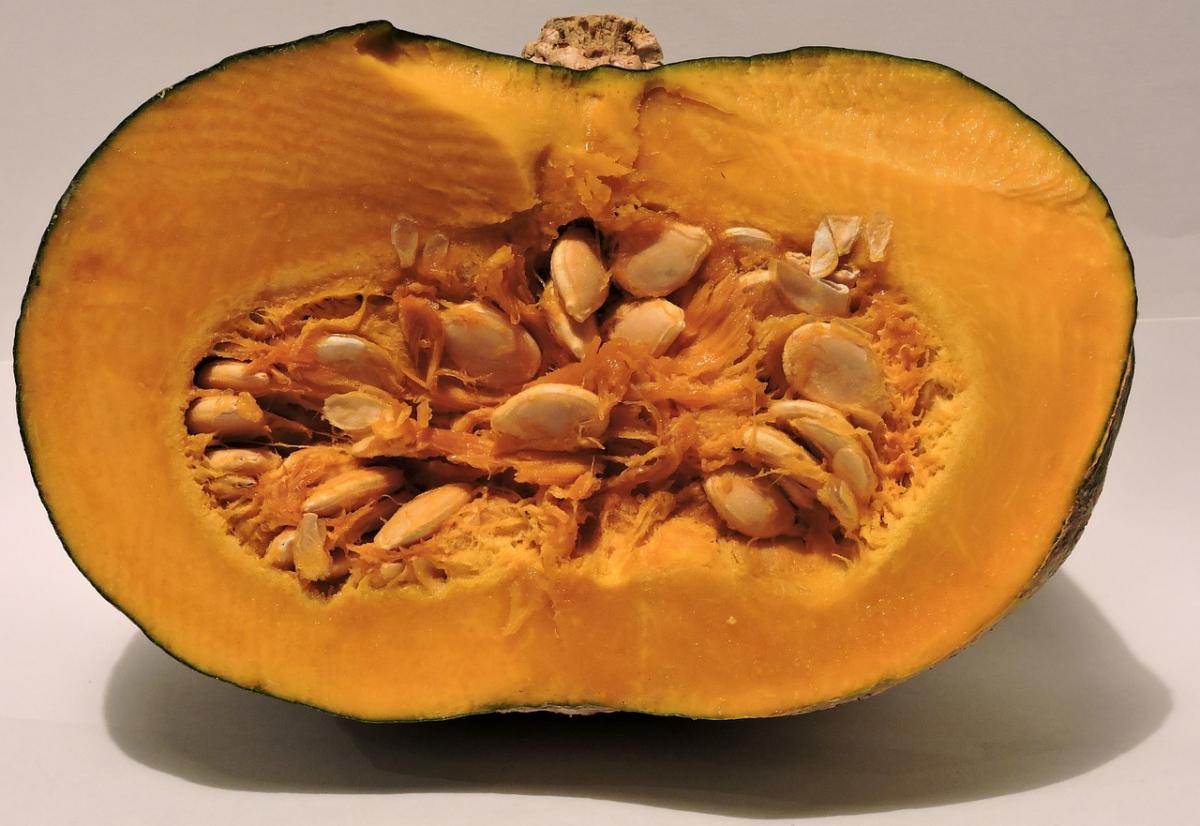Changes to our piece of pumpkin
This task is about making observations over time.

|
Write down all the changes you see happen to this piece of pumpkin over the next two weeks.
You will need to write down what the pumpkin looks like at the start.
|
|
Date
|
What the pumpkin looks like
|
|
Start
|
|
|
|
|
|
|
|
|
|
|
|
Date |
What the pumpkin looks like |
|
|
|
|
|
|
|
|
|
|
|
|
|
|
|
|
|
|

